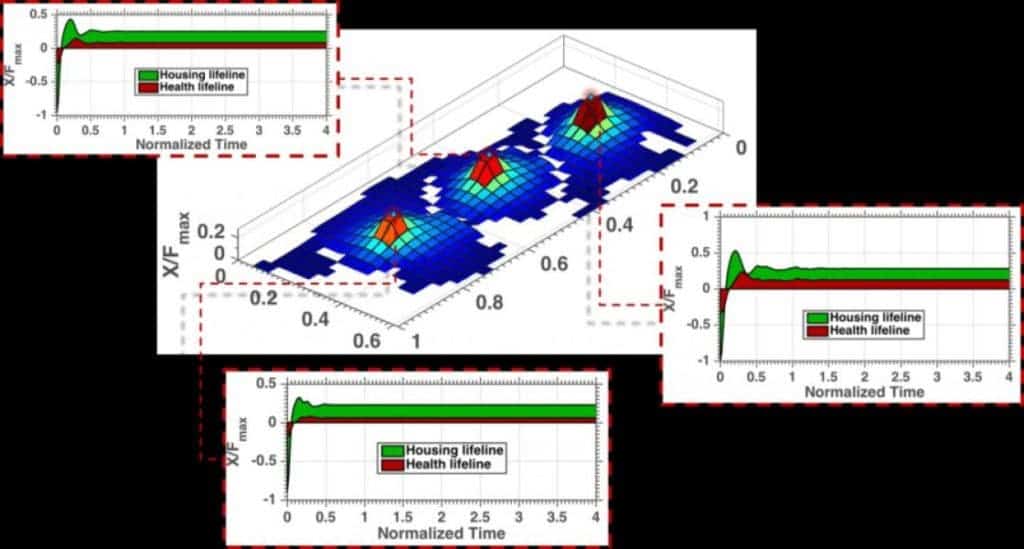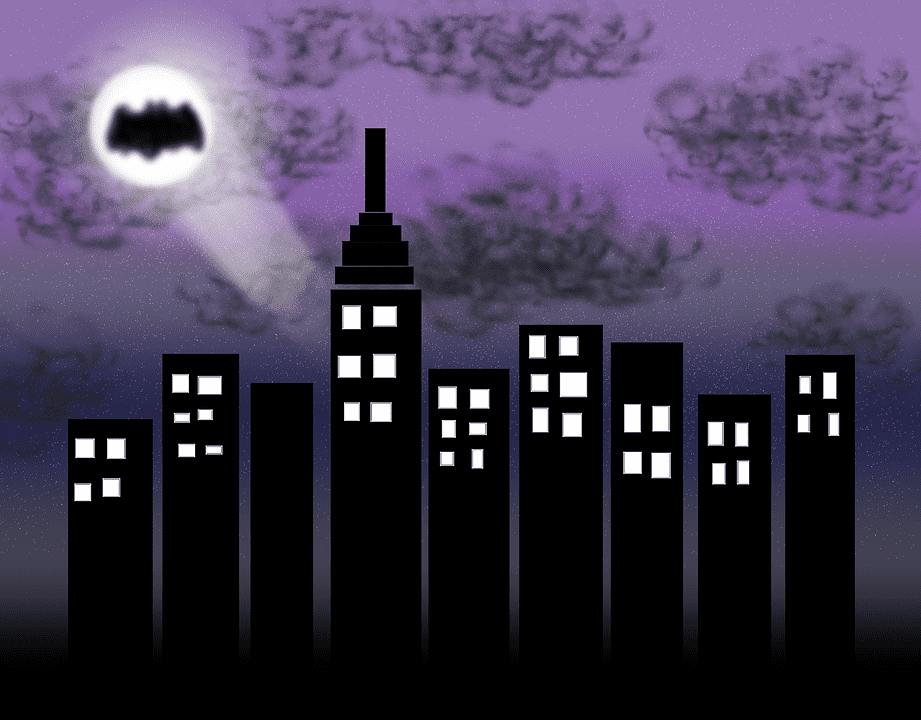A duo of researchers at the Colorado State University (CSU) have used the tools of mechanical engineering to studying community resilience. To prove that their method is sound, they turned to the most troubled town out there — Batman’s fictional Gotham City.
Resilient communities have the capacity to withstand unforeseen disasters, such as earthquakes, floods, or social upheaval, and have the internal resources to recover after they’ve passed. Still, while there’s agreement on what the term means, a one-size-fits-all approach to delineate and measure this quality has proven elusive — from both an engineering and social science point of view.
A new paper penned by CSU associate professor of civil engineer Hussam Mahmoud and grad student Akshat Chulahwat offers a new approach on the issue. By integrating a community’s infrastructure, social, and economic features, the two have created a mathematical model that measures a community’s ability to withstand major shocks over time and space. The technique can be used for both natural and man-made disruptions, and the researchers hope it will help communities address their shortcomings to better prepare for hazards.
Metrics? We gotham all
Community resilience is typically viewed as an issue incorporating elements of engineering, economics, and social studies. It’s a hugely broad topic, and since every community has a different social context, their members have to decide which metrics matter most to them and focus on those. These metrics generally coalesce into a number of “lifelines” such as water, housing, power, health, transportation capability, and so on.
It’s not necessarily a bad way of doing things, but it doesn’t allow any meaningful standard by which to judge resilience between communities. It’s also a pretty subjective method of estimating what area needs improvement, and as such, results can be less than stellar.
The team wanted to find a way of bringing all these metrics together into a universal method of assessing resilience. Their approach relies on a mathematical tool engineers use to study stress and strain in structural elements like girders or walls — finite element analysis. The duo based their work on the assumption that a community’s response to a disaster is largely similar to the swing of a pendulum or the way a vibrating string responds to force.
“Our model can help us determine what happens to your community, both spatially and temporally, if it’s struck by a natural disaster, economic downturn or social disruption,” said Mahmoud.
The new method uses the same lifelines but simplifies resilience into three classes: social, economic, and infrastructure. To adapt these to the rigors of finite element analysis, they considered mass to represent social vulnerabilities, damping as funds available for recovery, and stiffness to represent infrastructure.

Gotham City laid out in a Finite Element Analysis grid. The grid shows recovery of different lifelines, and how they affect recovery of various parts of the city.
Image credits Hussam Mahmoud, Akshat Chulahwat / Colorado State University.
To check if their model works, the team picked Batman’s Gotham City as a test-bed. First, they divided the community into uptown, midtown, and downtown, and then they simulated various disasters — such as a jail riot at Arkham Asylum, which was located near uptown Gotham.
Among the team’s observations in this proof-of-concept run is that the factors are interdependent: if one suffers a change, the others follow suit. Another is that a fast recovery isn’t necessarily the best — bouncing back too quickly from a disaster can leave groups unstable and vulnerable in the face of new challenges.
Mahmoud says he was inspired to define resilience in part by studying the Arab Spring of 2011 in Egypt and other parts of the Middle East. The period saw widespread demonstrations that lasted several weeks, and its social and economic tolls would stay with communities for years — but their impact was difficult to measure, he adds. The authors hope their model will provide a framework for better understanding how disruptions, like the Arab Spring, affect communities long term.
The paper “Spatial and Temporal Quantification of Community Resilience: Gotham City under Attack” has been published in the journal Computer-Aided Civil and Infrastructure Engineering.










